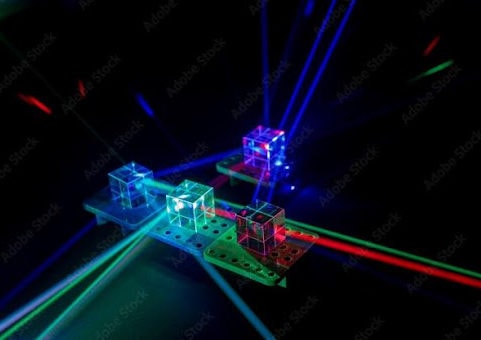The Role and Benefits of Cold Mirrors in Optical Systems
Created at : Jun 06 2024
Cold mirrors are specialized optical components used to selectively reflect visible light while transmitting infrared (IR) radiation. They are commonly used in various applications where it is necessary to separate heat from light.
Structure and Design
- Material: Cold mirrors are typically made from glass or fused silica substrates.
- Coating: They are coated with multiple dielectric layers. These coatings are designed using thin-film interference principles to reflect certain wavelengths (visible light) while allowing others (infrared) to pass through.
Functionality
- Selective Reflection: The primary function of a cold mirror is to reflect visible light (usually in the range of 400 to 700 nm) while transmitting infrared light (beyond 700 nm).
- Heat Management: By transmitting IR radiation, cold mirrors help manage heat in optical systems. This is particularly useful in lighting and imaging systems where excessive heat can damage components or affect performance.
Applications
- Lighting Systems: In projectors and high-intensity lighting, cold mirrors help direct visible light towards the desired area while dissipating the heat away, preventing overheating.
- Medical and Scientific Instruments: Used in devices like microscopes and endoscopes to improve image quality by removing the heat that could distort images.
- Photography and Filming: Helps in reducing the thermal load on cameras and lighting equipment, ensuring better performance and longevity.
- Laser Systems: Used to protect sensitive components from the heat generated by lasers.
Benefits
- Improved Performance: By reducing heat, cold mirrors enhance the performance and lifespan of optical systems.
- Better Image Quality: In imaging systems, they help maintain high image quality by preventing thermal distortions.
- Energy Efficiency: By managing heat more effectively, systems using cold mirrors can be more energy-efficient.
Conclusion
Cold mirrors are essential optical components in various high-performance applications where managing heat and maintaining the quality of visible light are crucial. Their ability to separate and control different wavelengths makes them invaluable in both industrial and scientific settings.

 CUSTOM OPTICAL FILTERS
CUSTOM OPTICAL FILTERS
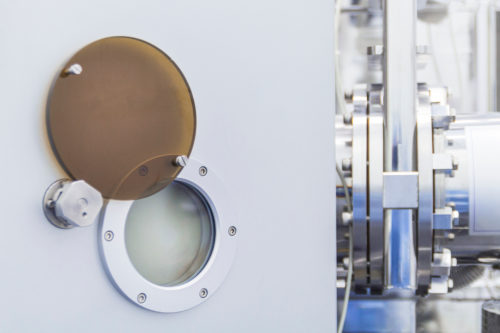 OPTICAL WINDOWS
OPTICAL WINDOWS
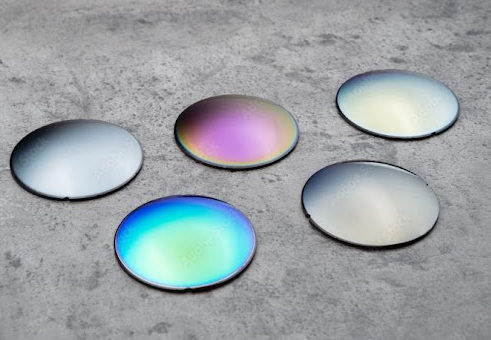 OPTICAL COATINGS
OPTICAL COATINGS
 UV OPTICS
UV OPTICS
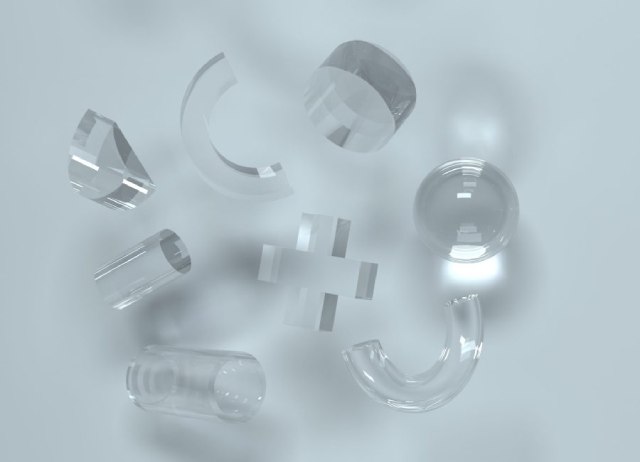 CYLINDRICAL OPTICS
CYLINDRICAL OPTICS
 CUSTOM TEMPERED OPTICS
CUSTOM TEMPERED OPTICS
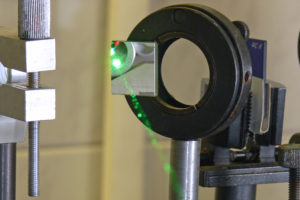 OPTICAL MIRRORS
OPTICAL MIRRORS
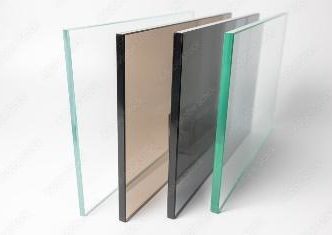 NEUTRAL DENSITY
NEUTRAL DENSITY
 PRISMS & RETROREFLECTORS
PRISMS & RETROREFLECTORS
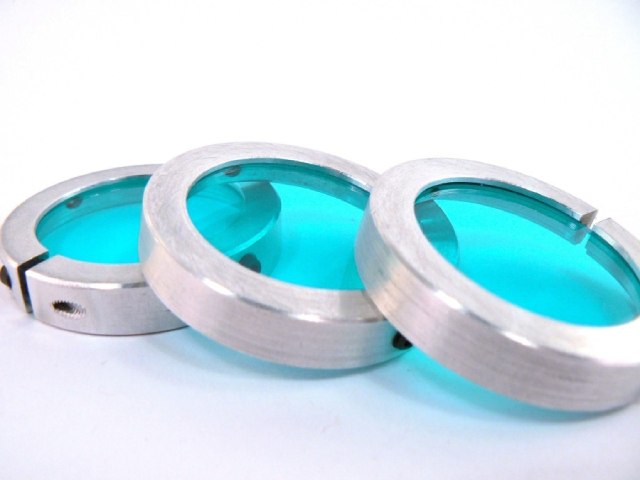 ASSEMBLIES
ASSEMBLIES
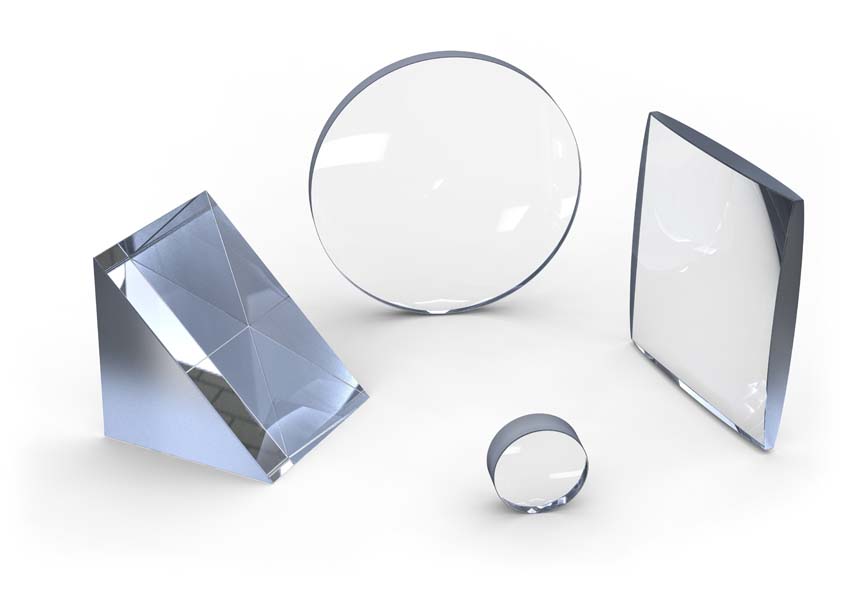 OPTICAL LENSES
OPTICAL LENSES
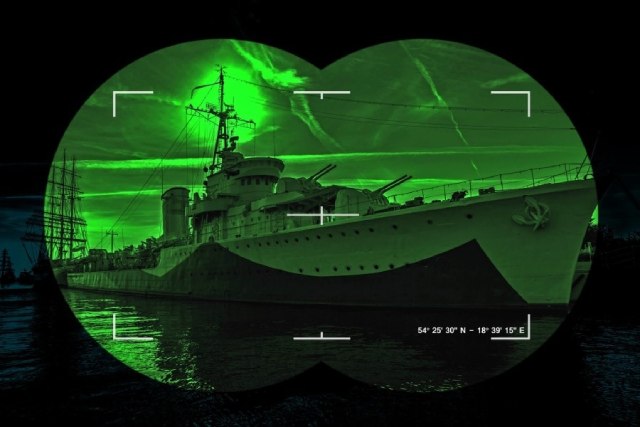 NIGHT VISION FILTERS
NIGHT VISION FILTERS
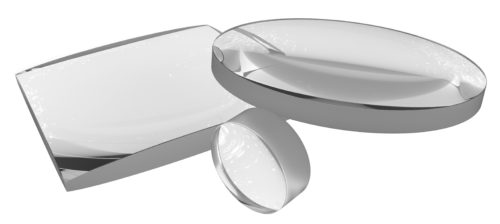 ACHROMATIC LENSES
ACHROMATIC LENSES
 OPTICAL BEAM SPLITTERS
OPTICAL BEAM SPLITTERS
